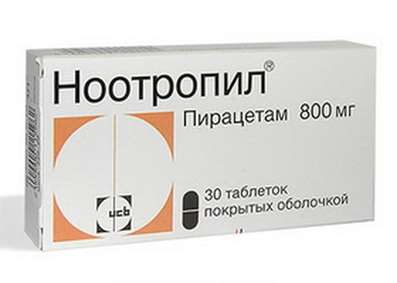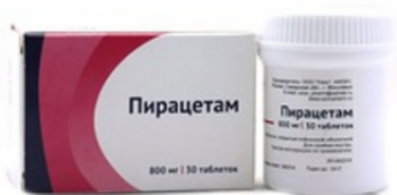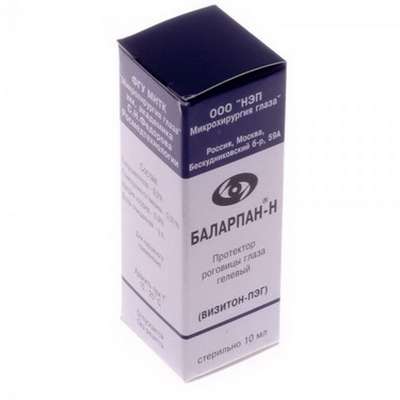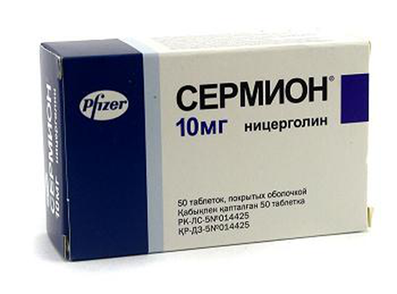Instruction for use: Coagulation Factor VII
I want this, give me price
Trade name of the drug – Factor VII (Coagulation Factor VII)
Pharmacological group:
Coagulants (including coagulation factors), hemostatics
Model clinical-pharmacological article 1
Pharmacotherapy. Vitamin K-dependent factor of normal human plasma, component of the external pathway of the blood coagulation system. It is the zymogen of serine protease factor VIIa, which triggers the external pathway of the blood coagulation system. The introduction of human factor VII concentrate increases the concentration of factor VII in plasma and provides a temporary correction of the defect of the blood coagulation system in patients with a deficiency of clotting factor VII.
Pharmacokinetics. With IV introduction, the concentration in the plasma is 60-100%, T1 / 2 is 3-5 hours.
Indication. Treatment and prevention of blood clotting disorders caused by hereditary or acquired deficiency of clotting factor VII: acute bleeding and prevention of bleeding during surgical interventions in patients with congenital deficiency of factor VII (hypo- or aproconvertinemia); Acute hemorrhage and bleeding prophylaxis in case of operative interventions with acquired factor VII deficiency due to oral anticoagulants, vitamin K deficiency (including a violation of its absorption in the gastrointestinal tract, prolonged parenteral nutrition); Hepatic insufficiency (including with hepatitis, cirrhosis of the liver, severe toxic liver damage).
Contraindications. Hypersensitivity, DIC-syndrome and / or hyperfibrinolysis (until the causes underlying it), heparin-induced thrombocytopenia in history, children's age (up to 6 years).
Carefully. IHD, myocardial infarction, liver disease, postoperative period, neonatal period, high risk of thromboembolism or DIC syndrome, pregnancy, lactation.
Dosing. IV (by stream, drop infusion). The duration of replacement therapy and dose depend on the severity of factor VII deficiency, the location and extent of bleeding or hemorrhage, as well as the clinical condition of the patient.
The administered dose of factor VII is calculated in IU according to existing WHO standards for preparations containing factor VII. The activity of factor VII in plasma can be calculated as a percentage of the norm and in IU.
1 IU of factor VII activity is equivalent to the activity of factor VII in 1 ml of normal human plasma.
The required dose is calculated on the basis of empirical observation: when 1 IU of factor VII is administered per 1 kg of body weight, the activity of factor VII in plasma is increased by 1.7%.
Calculation of the required dose is carried out according to the formula: the necessary dose (ME) = body weight (kg) × the desired increase in the activity of factor VII (%) × 0.6.
In determining the dose and frequency of administration of the drug in each specific case, the clinical effect should be taken into account.
Small bleeding and minor surgical interventions: the therapeutically necessary activity of factor VII in plasma is 10-20%; the duration of maintenance of the therapeutically necessary activity of factor VII in plasma is a single dose (with slight bleeding) or until the wound is completely healed (with minor surgery).
Severe bleeding and extensive surgical intervention: the therapeutically necessary factor VII activity in the plasma is 20-25%, the duration of maintenance of the therapeutically necessary activity of the factor VII in the plasma is within 8-10 days or until the wound is completely healed.
When choosing the interval of administration, it should be taken into account that T1 / 2 coagulation factor VII is short (3-5 h). If it is necessary to maintain a high level of factor VII for a long time in the plasma, the drug should be administered at an interval of 8-12 hours.
Dose adjustment for liver failure is not required.
Side effect. Rarely, allergic reactions (urticaria, nausea, vomiting, bronchospasm, decreased blood pressure), severe anaphylaxis (including shock), fever, thromboembolic complications (especially when using high doses and / or in patients who have risk factors for thromboembolism) .
Overdose. Symptoms: myocardial infarction, DIC-syndrome, venous thrombosis and PE.
Interaction. No interaction of human plasma factor VII with other drugs has been observed.
Do not mix with other drugs.
Special instructions. When using the drug, it is possible to develop allergic reactions. Patients should be informed of early symptoms of allergic reactions, such as urticaria (including generalized), chest tightness, wheezing, lowering of blood pressure and anaphylaxis. When these symptoms appear, patients should immediately stop treatment and consult a doctor. With the development of shock, conventional measures are taken to treat anaphylactic shock.
Based on the experience of using the human plasma prothrombin complex, we can speak of an increased risk of thromboembolic complications and DIC syndrome in patients receiving human plasma factor VII.
Substitution therapy with clotting factor VII can lead to the development of inhibitors in patients with Factor VII. However, to date, no cases of the development of inhibitors to the coagulation factor VII have been described in clinical practice.
The concentration of Na + in the maximum daily dose may exceed 200 mg, which should be taken into account when used in patients on a hyposalt diet.
The clotting factor VII is produced from human plasma. With the introduction of drugs made from human blood or plasma, the possibility of transmitting viruses cannot be completely ruled out. This also applies to pathogens, the nature of which is currently unknown.
The risk of transmission of viruses is minimized as a result of a number of security measures: selection of donors based on medical examination data and screening of blood and plasma of each donor, as well as plasma pools for HBsAg and antibodies to HIV and hepatitis C viruses; Testing of plasma pools for the presence of genomic material of hepatitis A, B and C viruses, HIV-1 and HIV-2, and parvovirus B19; Use in the production process methods of inactivation / removal of viruses. Viruses-pathogens and / or virus-models have been shown to be effective against hepatitis A, B and C, HIV-1 and HIV-2.
However, the effectiveness of the in vitro inactivation / removal methods may not be sufficient for some non-enveloped viruses, for example, parvovirus B19, and also for currently unknown viruses. Infection with parvovirus B19 can be dangerous for pregnant women (infection of the fetus), as well as for individuals with immunodeficiency or increased production of red blood cells (including hemolytic anemia).
Patients receiving human plasma factor VII are recommended to vaccinate against hepatitis A and B.
Currently, there is insufficient data to recommend the use of clotting factor VII in children under 6 years of age.
With each introduction of factor VII, it is necessary to register the series and number of the injected preparation for monitoring.
When using a venous catheter, it is recommended to wash it with 0.9% NaCl solution before and after the introduction of factor VII.
The safety of the use of factor VII during pregnancy has not been confirmed by controlled clinical studies, therefore, clotting factor VII can be given during pregnancy and lactation only if the benefit to the mother exceeds the potential risk to the fetus or baby.
In patients receiving large doses of the coagulation factor VII, when carrying out laboratory tests, incl. Coagulogic tests, sensitive to heparin, should take into account the presence of heparin in the preparation. If necessary, the action of heparin can be neutralized by adding protamine to the test sample.
Preparation of a solution for intravenous administration of coagulation factor VII lyophilizate should be carried out immediately before administration, using only the supplied insertion kit. The solution should be clear or slightly opalescent. Do not use a turbid solution or if there are mechanical inclusions in it. All used materials and unused solution must be disposed of in accordance with established rules.
When the drug is administered at home, the patient should fold all the materials used in the package from the drug and take it to a medical facility where it is observed for monitoring.
When IV drop introduction should use a disposable system for transfusions with a filter.

 Cart
Cart





